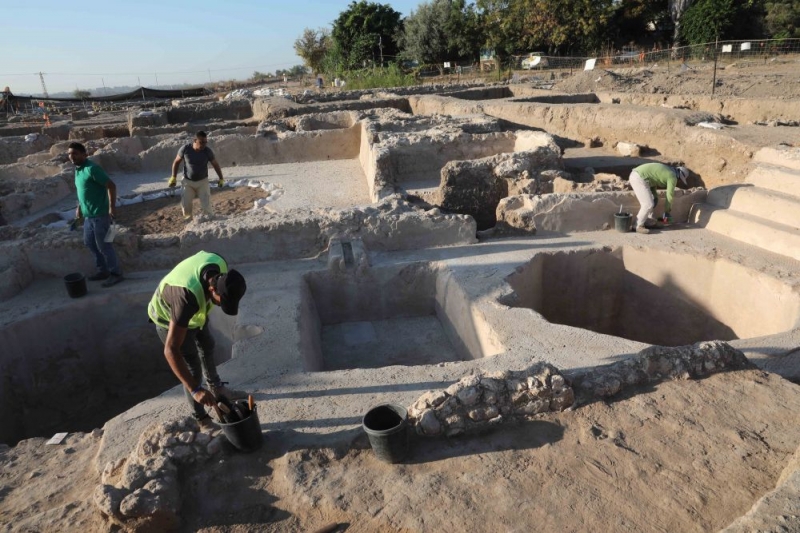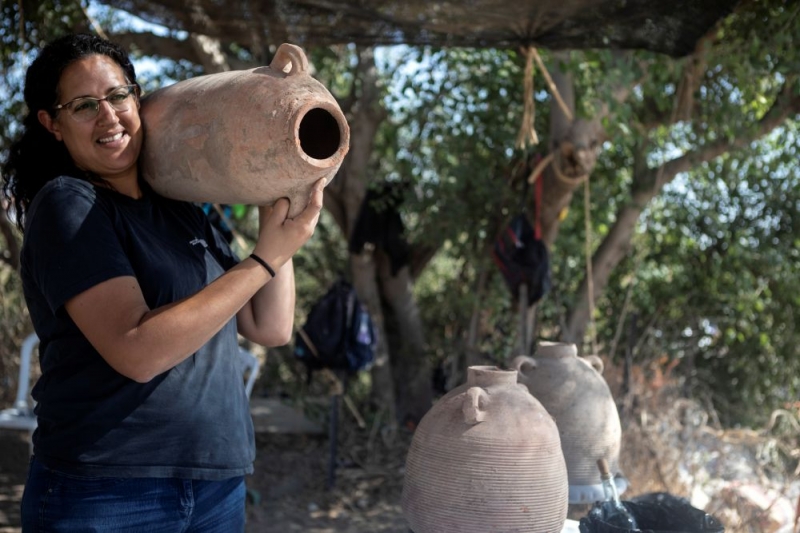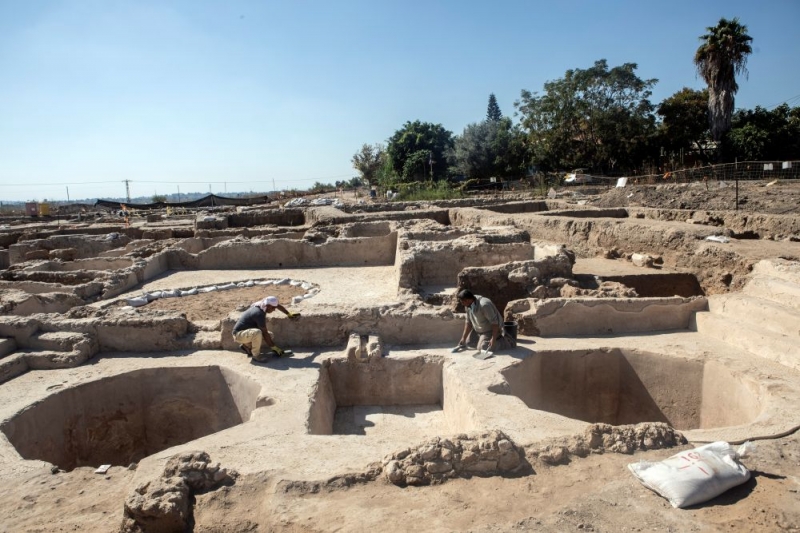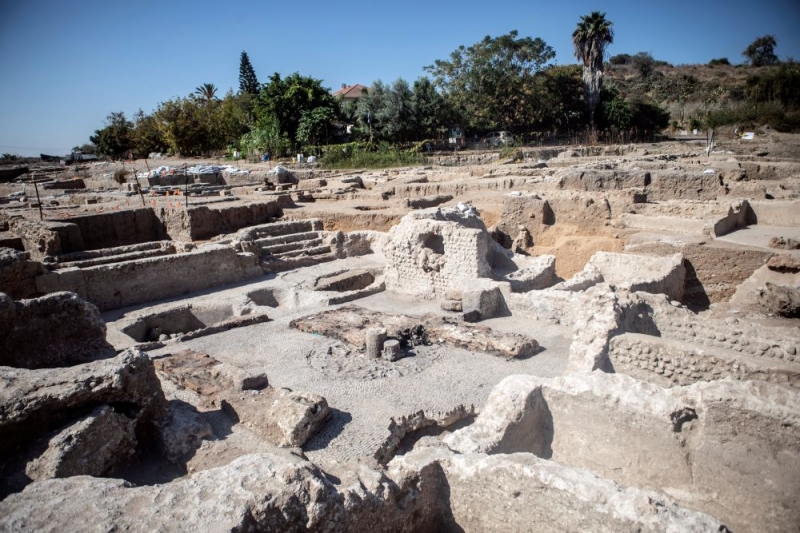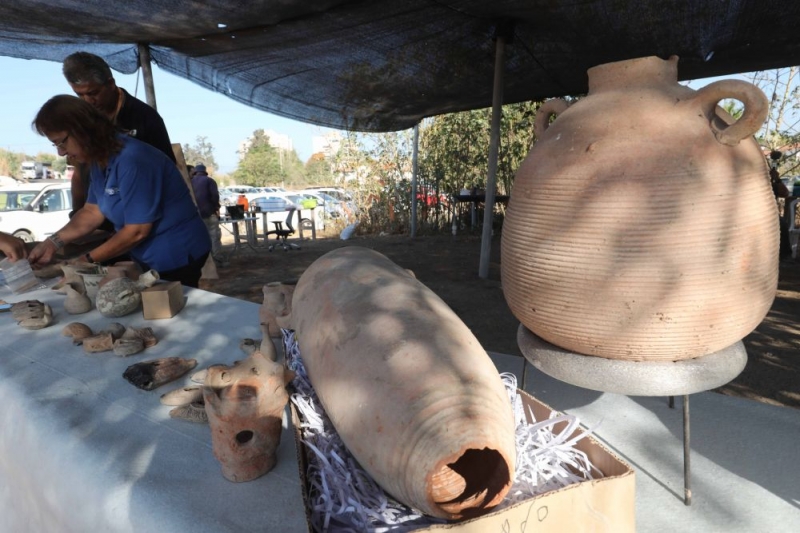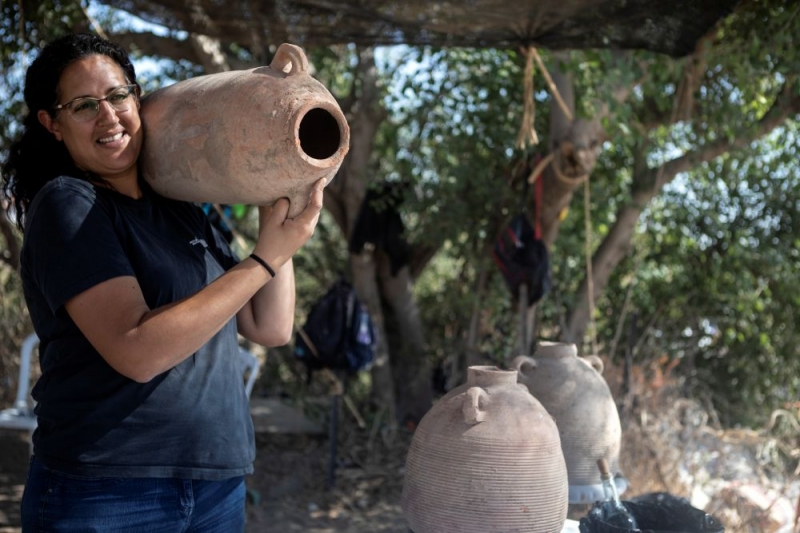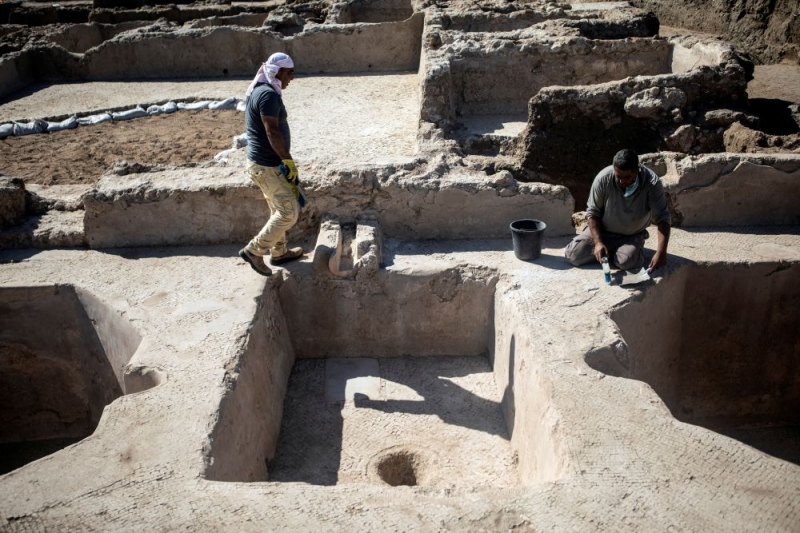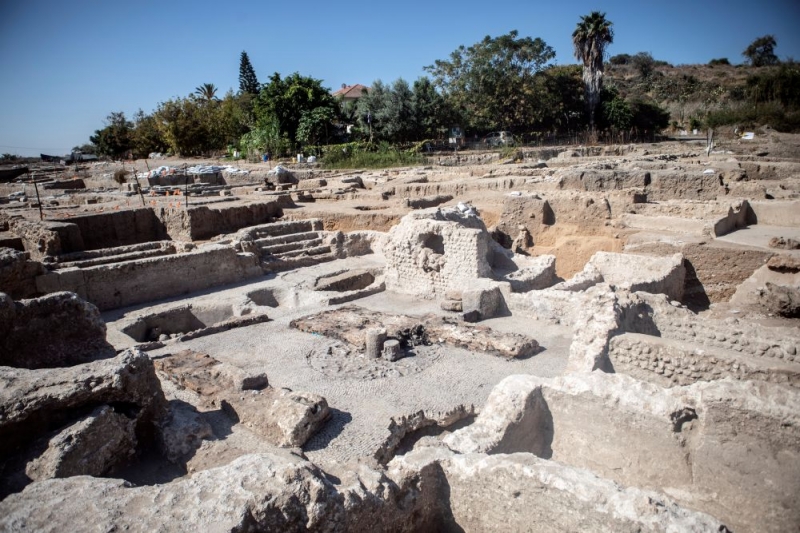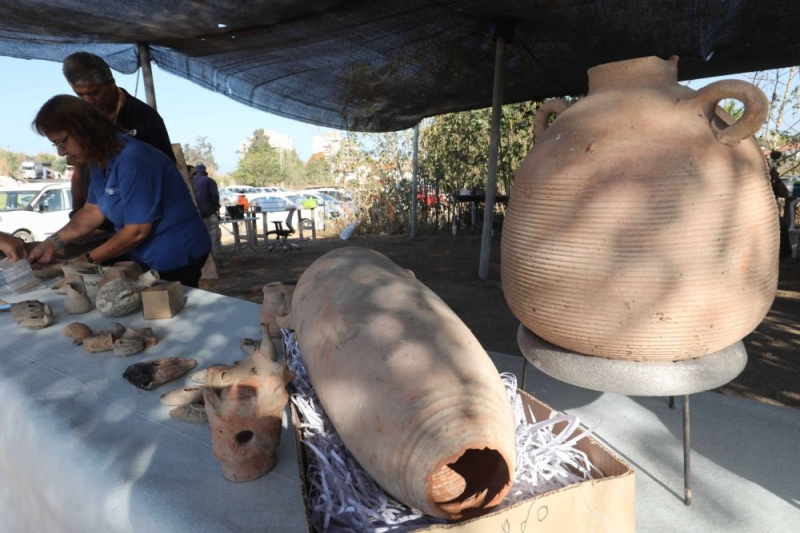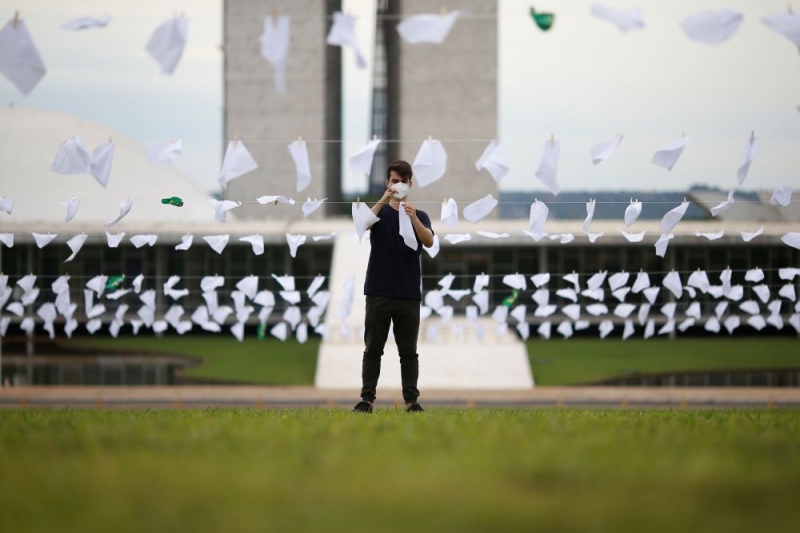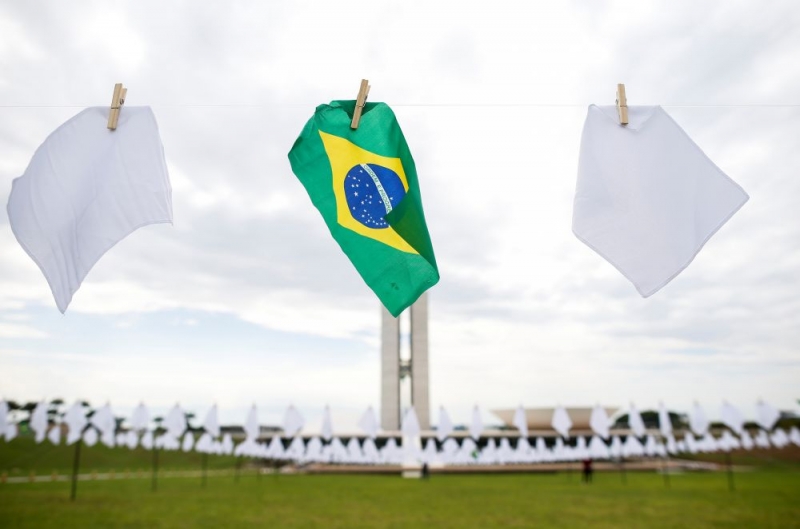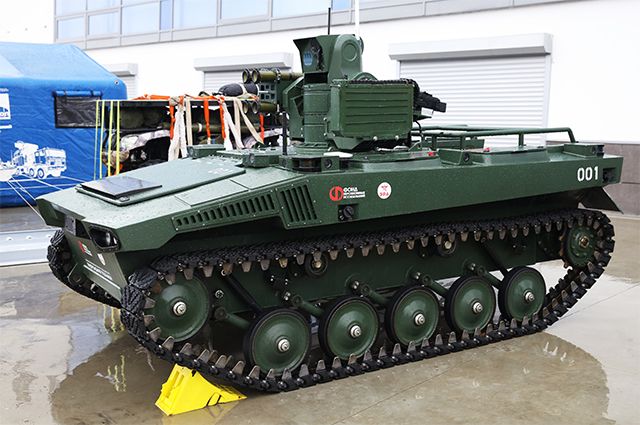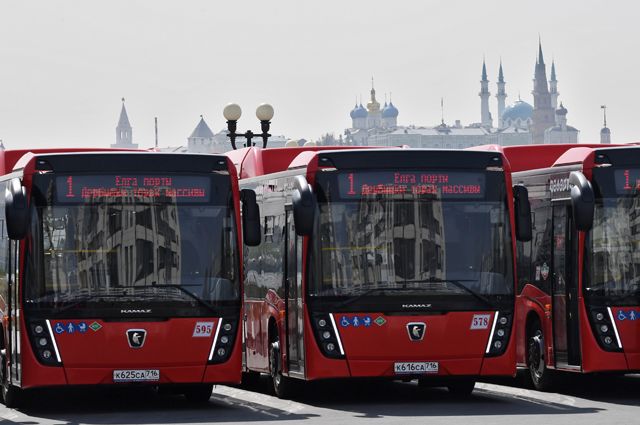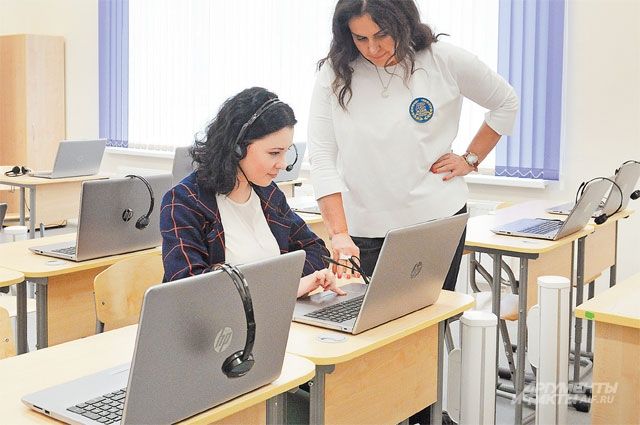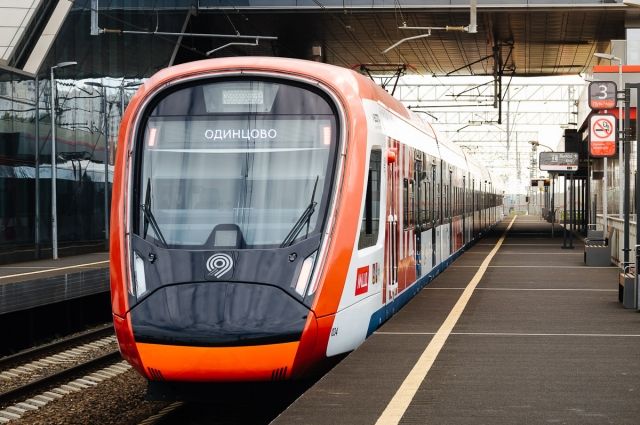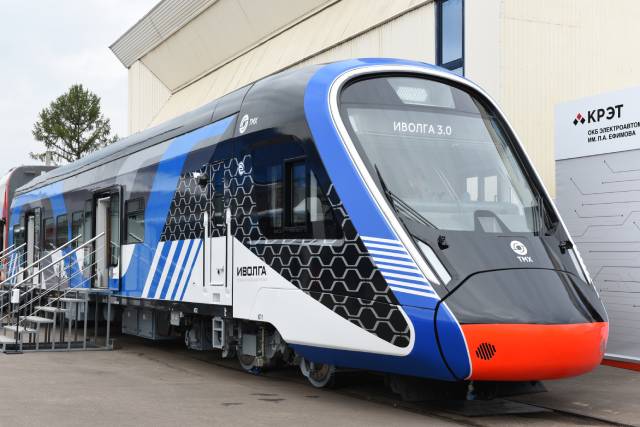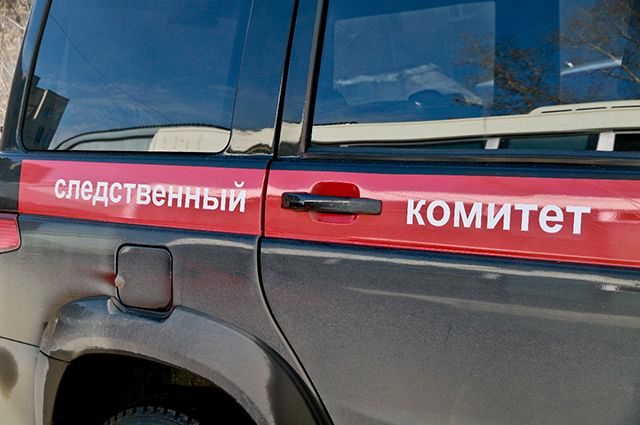Weekly “Arguments and Facts” No. 42. Supernumber: 152 questions answered 10/20/2021
30 years ago, on October 18, 1991, the Soviet Union re-established diplomatic relations with Israel, which had been cut off as early as 1967
Relations between the Soviet and Jewish states remained difficult for many years … But it was the Soviet Union that contributed in every way possible to the creation of Israel in 1947 and the establishment of Israel in 1947 and the Soviet Union. 39; helped survive in a harsh environment. You can find many publications on this subject on the net. AiF selected evidence and asked an expert to comment on it.
How did Moscow help?
“The USSR has prepared a government” for the Jews of Palestine “,” ndash; writes Valery Yaremenko, candidate for historical sciences, former senior researcher at the Institute of Military History of the Ministry of Defense of the Russian Federation. & ndash; The prime minister of the new state was to be Solomon Lozovsky, member of the Central Committee of the All-Union Communist Party (Bolsheviks), former Deputy People's Commissar for Foreign Affairs, Director of Soviet Information Office. Twice hero of the tanker of the Soviet Union David Dragunsky was approved for the post of Minister of Defense, Grigory Gilman, a senior intelligence officer in the USSR Navy, became the Minister of the Navy. But in the end, a government was created out of the International Jewish Agency, led by its president Ben Gurion (originally from Russia), and a “ Stalinist government ''. 39; already ready to fly to Palestine. rejected.
The adoption of the resolution on the partition of Palestine signaled the start of the Arab-Jewish armed conflict. The Americans imposed an embargo on the supply of arms to the region, the British continued to arm their Arab satellites, the Jews lost nothing: their partisan detachments could only defend themselves. with homemade rifles and rifles and grenades stolen from the British./p>
By order of Stalin, at the end of 1947, the first shipments of small arms began to arrive in Palestine & ndash; mainly by Czechoslovakia. In addition, they first sent captured German and Italian weapons, as well as those produced in Czechoslovakia to Skoda factories; and “ ChZ ''. Prague made a lot of money on it. The České Budějovice airfield was the main transshipment base. There, in Ceske Budejovice, oil tankers and paratroopers were trained. 1.5 thousand infantrymen of the Israel Defense Forces were trained in Olomouc, another 2 thousand – & ndash; to Mikulov. Medical staff were trained in Wielkie Strebna, radio and telegraph operators & ndash; in Liberec, electromechanical & ndash; in Pardubice.
With weapons from Eastern European countries, Jews of war arrived in Palestine, who had experience of participating in the war against Germany. Soviet officers also visited Israel in secret. Soviet intelligence also had great opportunities. According to the State Security General “ Danger Pavel Sudoplatov , “ The use of Soviet intelligence officers in combat and sabotage operations against the British in Israel began as early as 1946. ''
Israel's Special Forces were created from scratch. The best officers of the NKVD-MGB (Stalin's Falcons of the Berkut Detachment, the 101st School of Intelligence and S Directorate of General Sudoplatov), who had experience in operational and sabotage work: Otroshchenko, participated directly to the creation and training of commandos. , Korotkov, Vertiporokh and dozens of others. In addition to them two infantry and air force generals, a navy vice admiral, 5 colonels and 8 lieutenant colonels and, of course, junior officers for the job. direct on the ground, were rushed to Israel. Soviet officers were dressed in Israeli uniforms and Russian names were changed to Jews in the documents. In Moscow, the creation of the Israeli special services was supervised by General GB Pavel Raikhman.
Israel Natanovich Galperin (born in Vitebsk in 1912) became the founder and first intelligence chief of the Mossad, established the public security and counterintelligence service Shin Bet . He entered the history of Israel and its special services under the name of Isser Harel . The famous “three captains” Nikolsky, Zaitsev and Malevaniy The work of the Israel Defense Forces special forces was literally set up from scratch, two naval officers (names could not be established) created and trained a navy special forces unit .

Isser Harel. Photo: Commons.wikimedia.org
On May 18, the Soviet Union was the first to de jure recognize the Jewish state. On the occasion of the arrival of Soviet diplomats, 2,000 people gathered in the building of one of Tel Aviv's largest cinemas, Ester, and another 5,000 people stood in the street listening to the broadcast of all the speeches. A large portrait of Stalin and the slogan “Long live the friendship between the State of Israel and the USSR!” Hung above the presidium table.
How many Soviet servicemen left for Palestine before and during the War of Independence & ndash; not known for sure. According to Israeli sources, 200,000 Soviet Jews used legal or illegal channels. Of these, “ several thousand '' & ndash; military personnel. In any case, the main language of 'interethnic communication' there was a Russian in the Israeli army. “
Who is the sponsor?

& ndash; Is it possible to consider the State of Israel initially as a “Soviet project”, and Stalin & ndash; his godfather ? I think we have all the reasons for this, & ndash; think politician, public figure, author of a series of books on Soviet history Nikolai Starikov. & ndash; The age-old dream of the Jewish people to reestablish their own state was echoed by Stalin, who hoped to secure the Middle East, in this strategically important point of the world, a staunch ally, a USSR-oriented country. . Moreover, the Soviet Union played a major role in saving the Jews from extermination by the Nazis.
All the preconditions for such cooperation were met. Recall that for many years in this territory, which was actually occupied by Great Britain, the Jewish population waged a guerrilla war against the British. The most famous episode of this confrontation was the explosion of the summer of 1946 at the King David Hotel in Jerusalem, where the headquarters of the British Army was located, & ndash; then 28 English were killed. The British by all means prevented the Jews from moving to the territory of the future Israel, deployed the ships carrying them and sent them to Cyprus, where the Jewish settlers were placed in concentration camps built by the hands of prisoners of war. Germans. The opposition to the creation of Israel from London was therefore very strong. And Stalin, who resisted Western pressure all around the perimeter in order to preserve the sovereignty of the USSR, supported those against whom his former Western allies acted.
Indeed, our military advisers helped build and equip the Israeli army. These were mostly captured German weapons, sourced from Schmeiser submachine guns. to the fighters of Messerschmitt. And that was kind of the supreme justice of history. The weapons that were created in the Third Reich for the extermination of millions of Jews ultimately served to protect the Jewish state. Why was the weapon supplied via Czechoslovakia and not directly from the USSR? I think Stalin didn't want to tease the geese here, cause conflict with the West. Let me remind you that at that time nuclear weapons in the USSR had not yet been created and directly oppose the United States and Britain & ndash; wanted to give them a reason, if they wanted to, to start a third world war against us.
I think it wouldn't be an exaggeration to say that today's fighting traditions of the IDF were largely established by Soviet officers sent to the Middle East. How many there were, we don't know for sure. But I guess there was no difficulty with recruiting such people.
As we know, it didn't work to turn Israel into a Soviet outpost in the Middle East. The United States and Britain managed to outdo Stalin in this region of the world (losing to him in others). Quite quickly, the leadership of the Jewish state chose to reorient themselves towards London and Washington in their foreign policy. And as soon as Stalin realized this, the Soviet position on Israel changed dramatically – the USSR has already relied on its Arab neighbors. In a sense, the West and I have changed places. And already in February 1953, while the leader was still alive, the USSR for the first time severed diplomatic relations with Tel Aviv.














